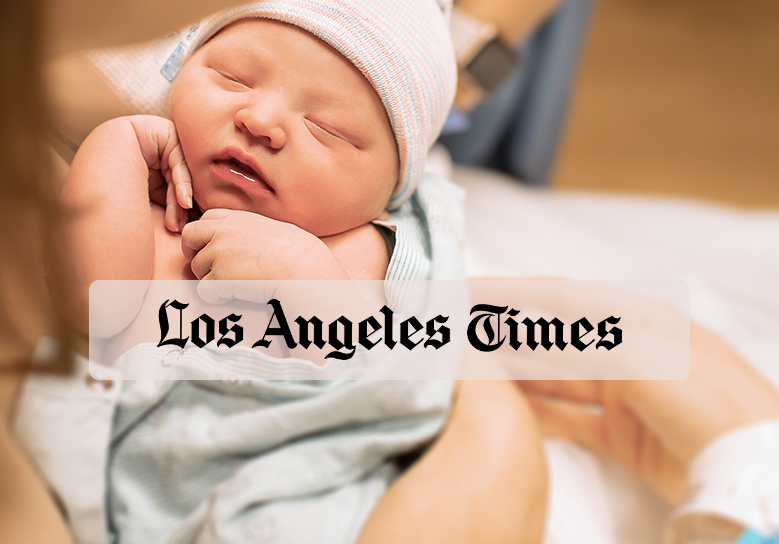Also known as: Which embryo should I transfer?
One of the greatest advances of our time in reproductive fertility is the ability to transfer one embryo at a time and achieve a success rate similar to transferring two or three embryos, which is what we did 5 to 10 years ago. Why, you may ask, is this one of the greatest successes?
Well, for two very good reasons.
- It allows for a singleton gestation as opposed to twins or triplets. This increases the chance that the pregnancy will be uncomplicated for the mother and baby. Twin and triplet gestations lead to a higher chance of premature delivery, which results in complications and birth defects in the babies.
- It allows for more attempts at embryo transfer, which in turn can yield a higher cumulative live birth rate.
Strategies for selecting the best candidate for embryo transfer first
The ability to choose the best embryo first is critically important. We know that the chance of the embryo being healthy, implanting, and resulting in a baby has an enormous amount to do with the chromosomes and the competence of the embryo’s cells to duplicate and divide.
Reproductive endocrinologists and embryologists have sought better ways to choose that embryo. Currently, there are several strategies used.
- Culture to the blastocyst stage (can it survive in culture?).
- Morphological grading (how it looks under the microscope).
- Preimplantation genetic testing (PGT) for aneuploidy (chromosome testing).
- Time-lapse imaging (live cam).
- Spent culture media bio-marker analysis (evaluating the fluid surrounding the embryo).
At RSC we have optimized the top three strategies and continue to evaluate strategies four and five, which are somewhat still in their infancy in terms of predictability for identifying the best embryo for transfer.
The “Alex” factor, our AI secret weapon in embryo transfer
But we have another secret weapon at RSC that is gaining greater acceptance within the field of reproductive fertility. This is artificial intelligence (AI) through machine learning. This is also known as the “Alex” factor inside the hollowed walls of our embryology lab.
Alex (Oleksii) Barash, HCLD, is our head embryologist in charge of PGT. Alex has spent tireless hours entering data and crafting computer models to determine the best way to choose a single embryo for transfer.
He has created a program that allows us to enter vital statistics about you and your embryos including age, grading of the embryo, and day of embryo biopsy/vitrification, and then to rank your embryos so that we can determine which of the chromosomally normal embryos is most likely to result in a viable pregnancy. Alex has published several peer-reviewed journal articles explaining this model and its predictive ability.
AI through machine learning beats my two decades of IVF experience
What is amazing is how often the embryo I would choose first is not the most likely to be successful, despite my two decades of being a practicing reproductive endocrinologist. It is through programs like this that RSC can increase the success rate for in vitro fertilization (IVF) patients.
Data analysis and review of KPI (key performance indicators) and QC/QA quality control analysis have also led us to increase success in fertilization by intracytoplasmic sperm injection (ICSI), conversion to blastocyst, and survival at embryo warming (thawing).

It has allowed us to explain better to patients that the creation of at least three normal embryos will lead to a live birth rate of 91%.
While we have not yet come to the point where doctors are no longer needed, we have certainly come to the point where doctors cannot operate at peak performance without the help of AI. We look forward to our bi-monthly presentations of data by our amazing embryology team where we can continue to hone our skills, translating that into a happy family.






